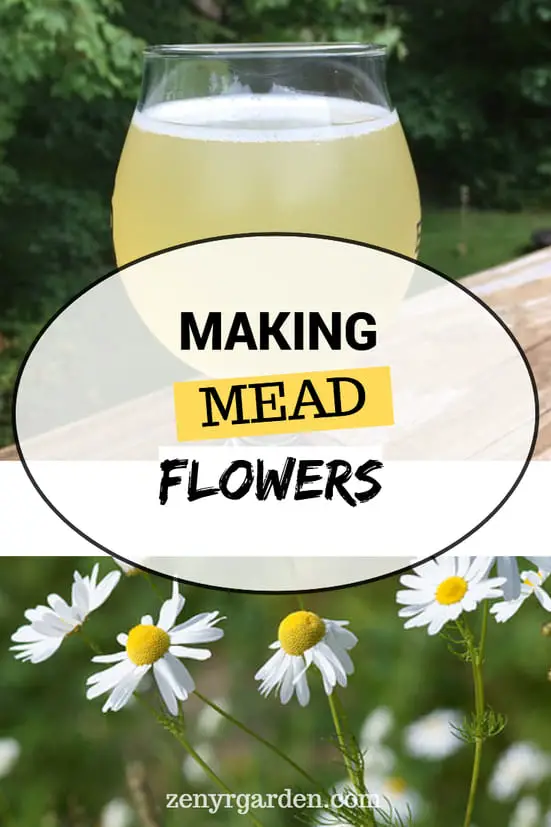Let's try our hands at making mead with different flowers, flavors and aroma. Historically, when the Vikings made their mead, they used what was available around them, which was the meadowsweet flowers. Over time folks have also used elderflower, hibiscus, rose hips, lavender, chamomile and many more for making the mead.
Let's see some ideas below.
If you have dried flowers ready for making mead, a question many folks ask is:
When To Add The Dried Flowers To Mead?
From an experience with rose petals, if you add the petals earlier in the fermentation stage, you'll get flavor and less aroma. If you add them in secondary, you'll get less flavor and more aroma. The alcohol concentration in the second stage would be high enough to also kill off any germs on the flowers.
You can add the flowers at pitch. It comes out very strong for flowers like elderflower. Or make tea from the dried flowers then add the tea to the mix from the start. This helps retain the flavor and you can split different batches for mix-n-matching. Alternatively, you can combine two methods: add tea in primary for flavor and some dried flowers in secondary for aroma.
Basic Mead Making Steps (For New Starters)
The basic step for making a simple mead is mixing two ingredients, honey with water. The amount will determine the alcohol content in the final product. The higher the honey amount, the higher the ABV. Some mix one part of honey to two parts of water while some mix it 1:3. Usually, you can use 3 lbs of honey per gallon of water, or about 1.36-1.7 kg honey per 4-4.5 L of water. This yields a mead of around 14% ABV.
If you buy yeast, you can use 1 tsp. If you're doing a 2 gallon / 10 L batch or more, then 2 tsp is fine. If yeast is not available, folks leave the honeyed water outdoors overnight to harvest the wild yeast around in the air or add a cup of raisins which naturally have yeast on it.
After pitching the yeast, shake or aerate the whole thing (or the must) for oxygen to get it going. Then let your mead sit for 2-3 weeks to ferment, aka the primary stage. For the first 5-7 days, you can shake the container or stir the mead a few times for oxygen. You'll see lots of little bubbles flowing up, it will stop after a few weeks.
When there is no more or very few bubbles, we can rack the mead (rack meaning leaving the sediments behind & getting the clear liquid on top). After racking, leave it for at least another month to age, some call this conditioning your mead or the secondary. This helps improve the taste. You can then enjoy the taste.
With these simple basic mead making steps in mind, we can then go off to explore, make your own flavors or add your own twist to it.
One flower mead I'm experimenting is chamomile mead.
Chamomile Mead
Here's what I did:
- Steep about 10 grams of dried chamomile in hot water (500 ml, 2 cups)
- When the flowers expand more, strain them out and get the tea
- Mix in 1 part honey to 2 parts warm chamomile tea
That's about it for now. I'll keep you posted as the results show themselves along.
Share or pin this post!



